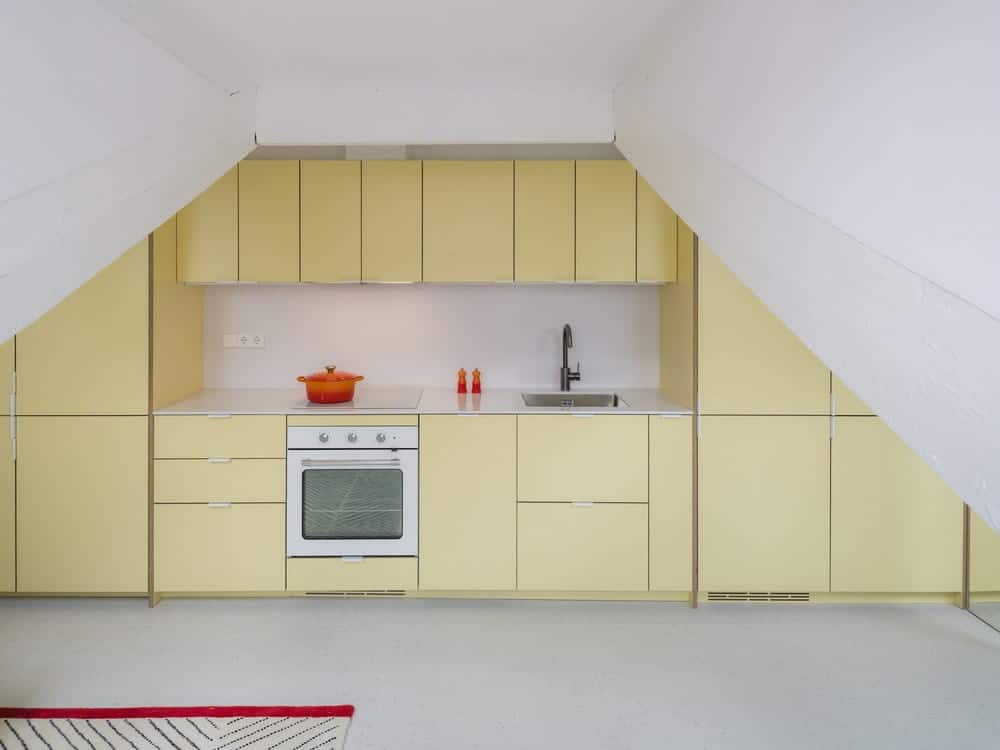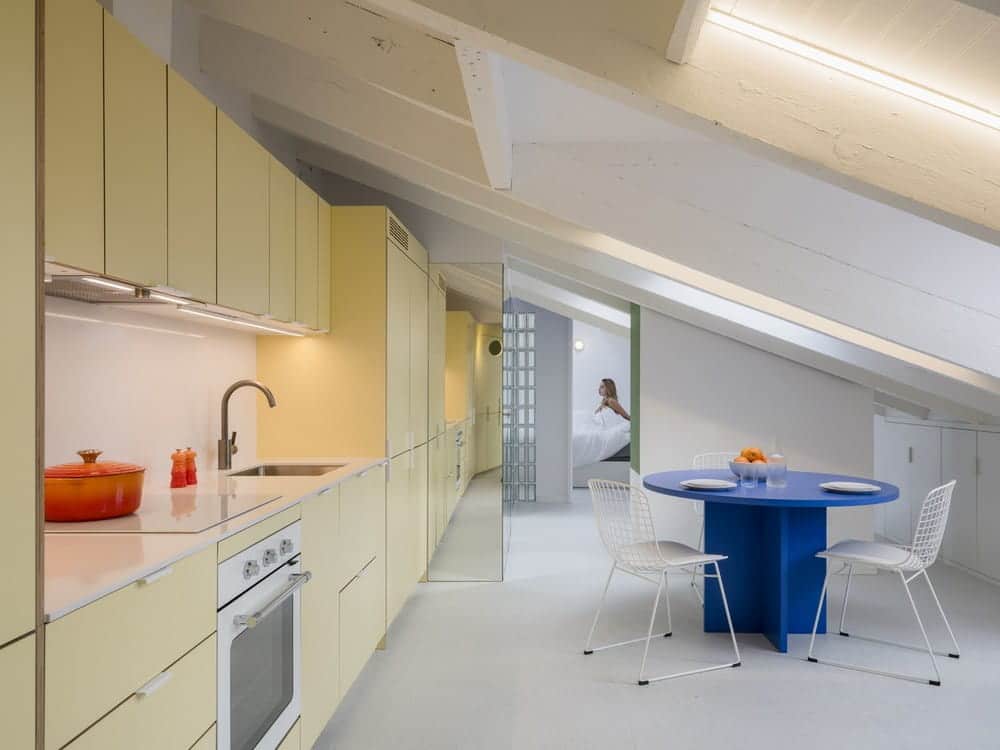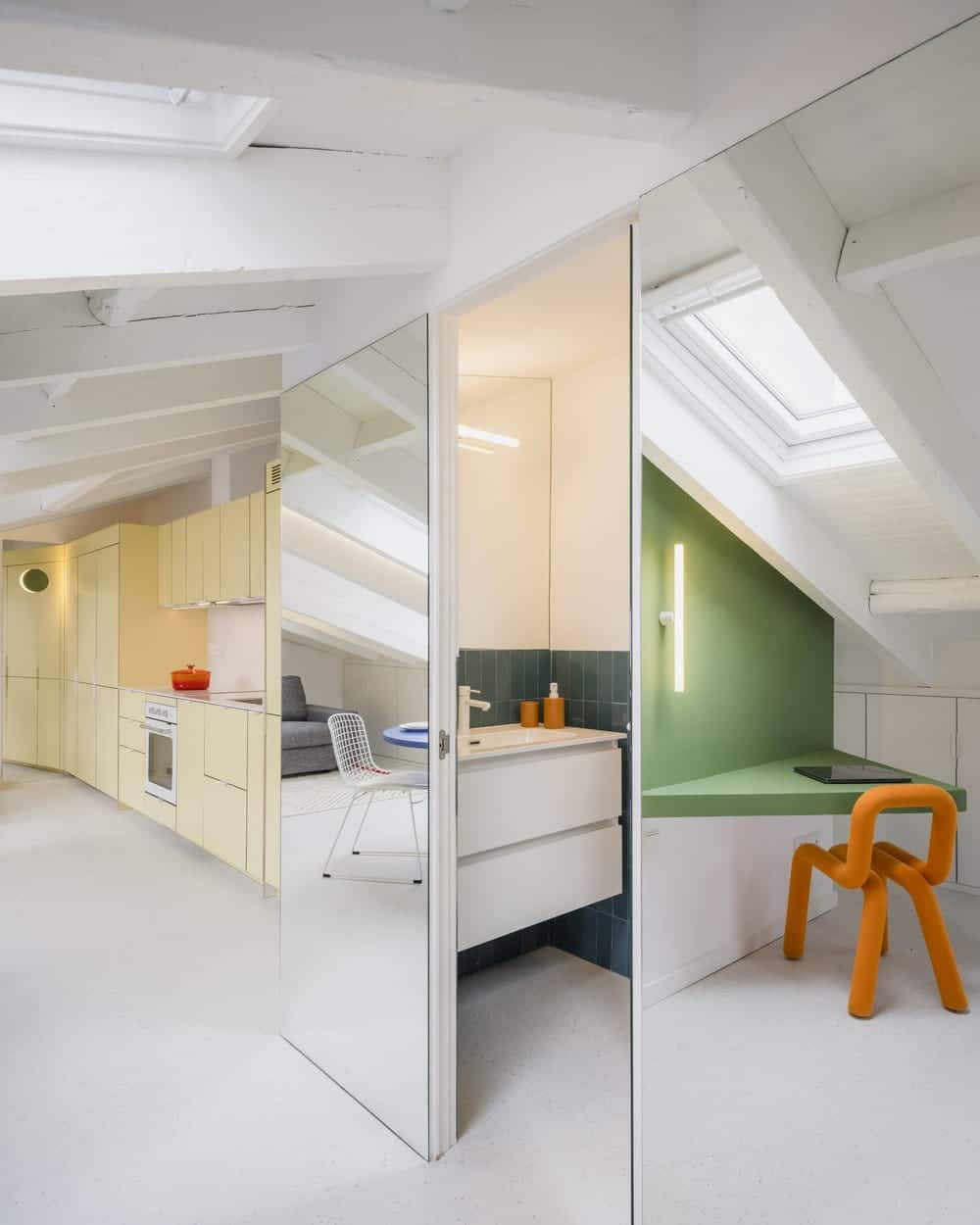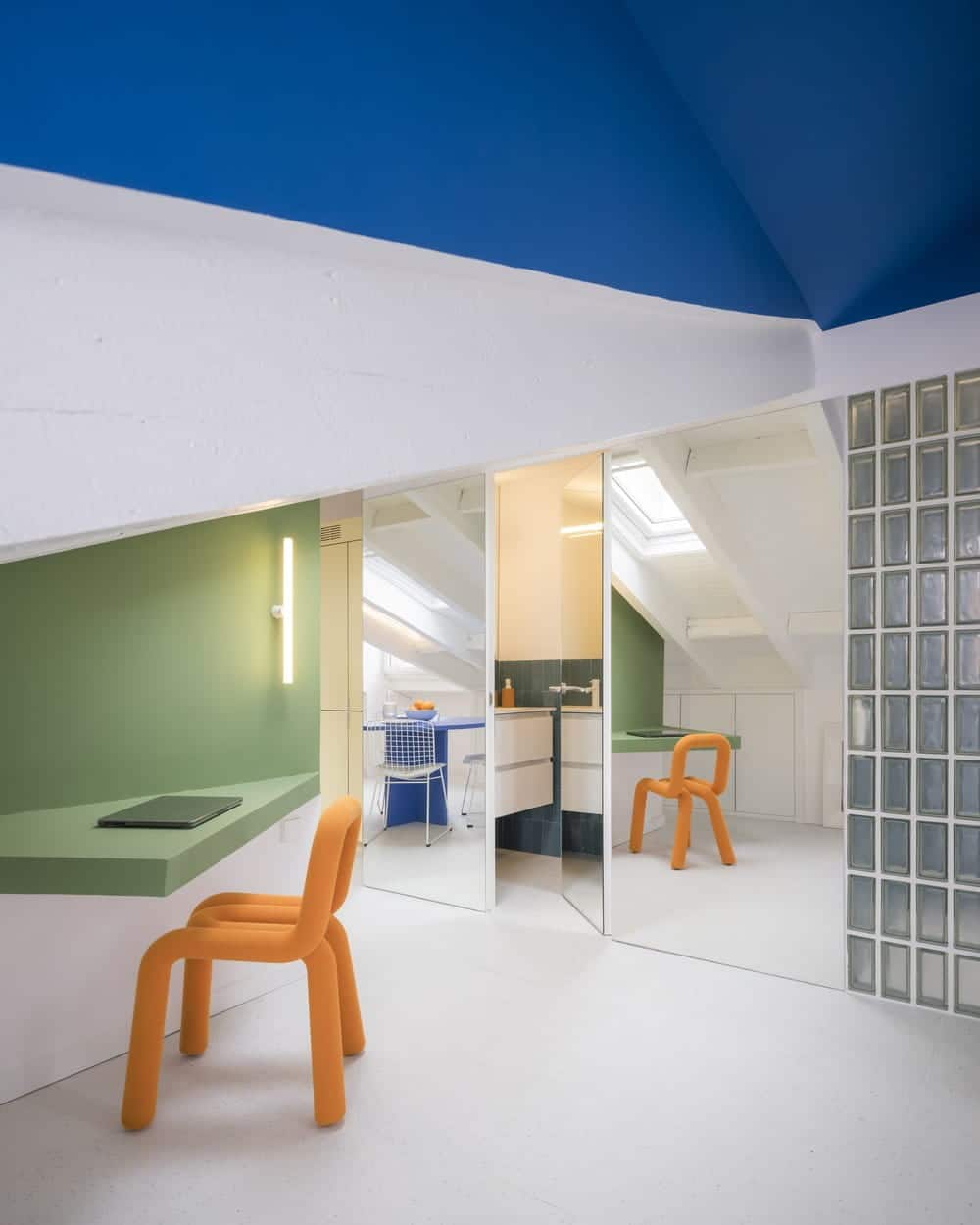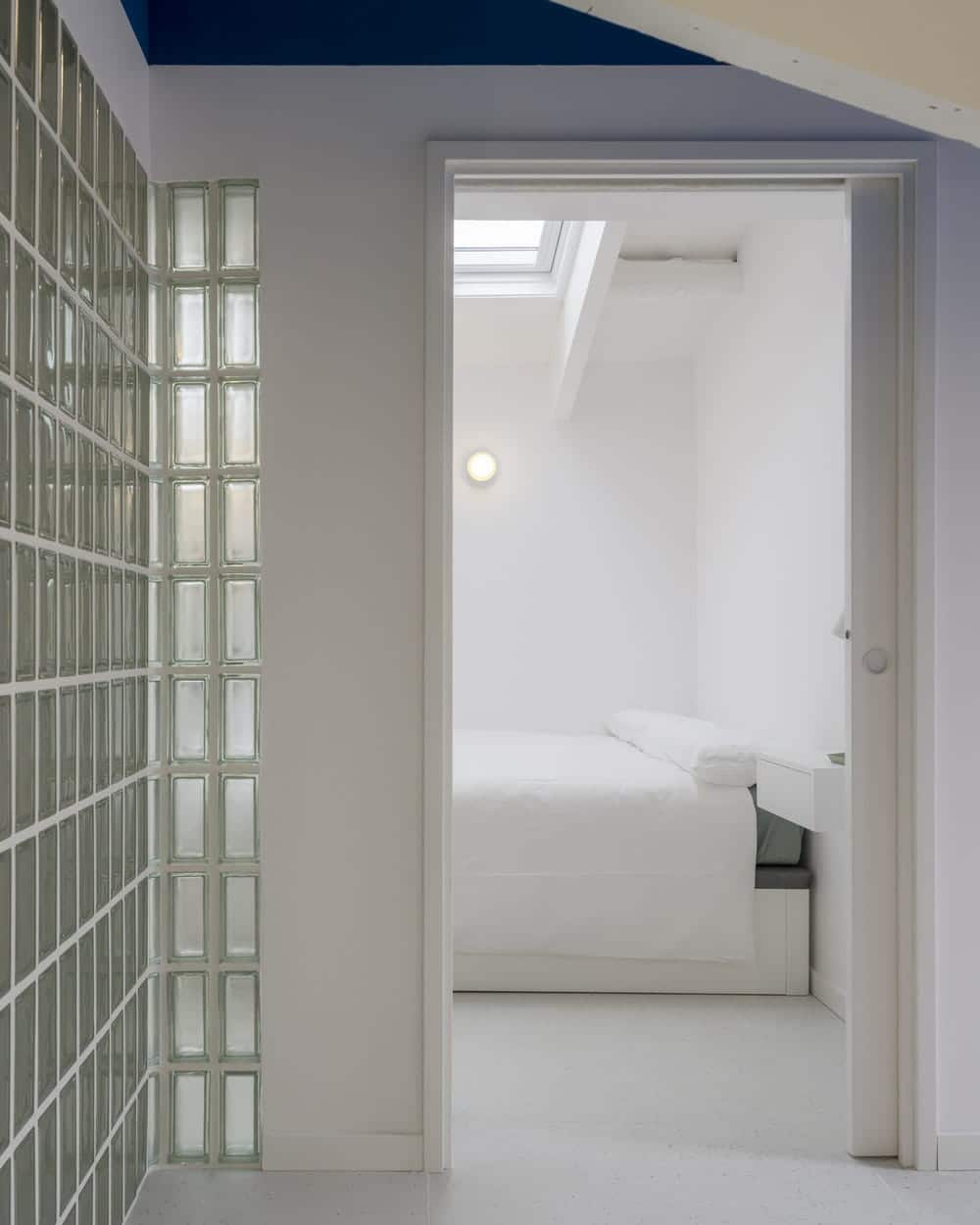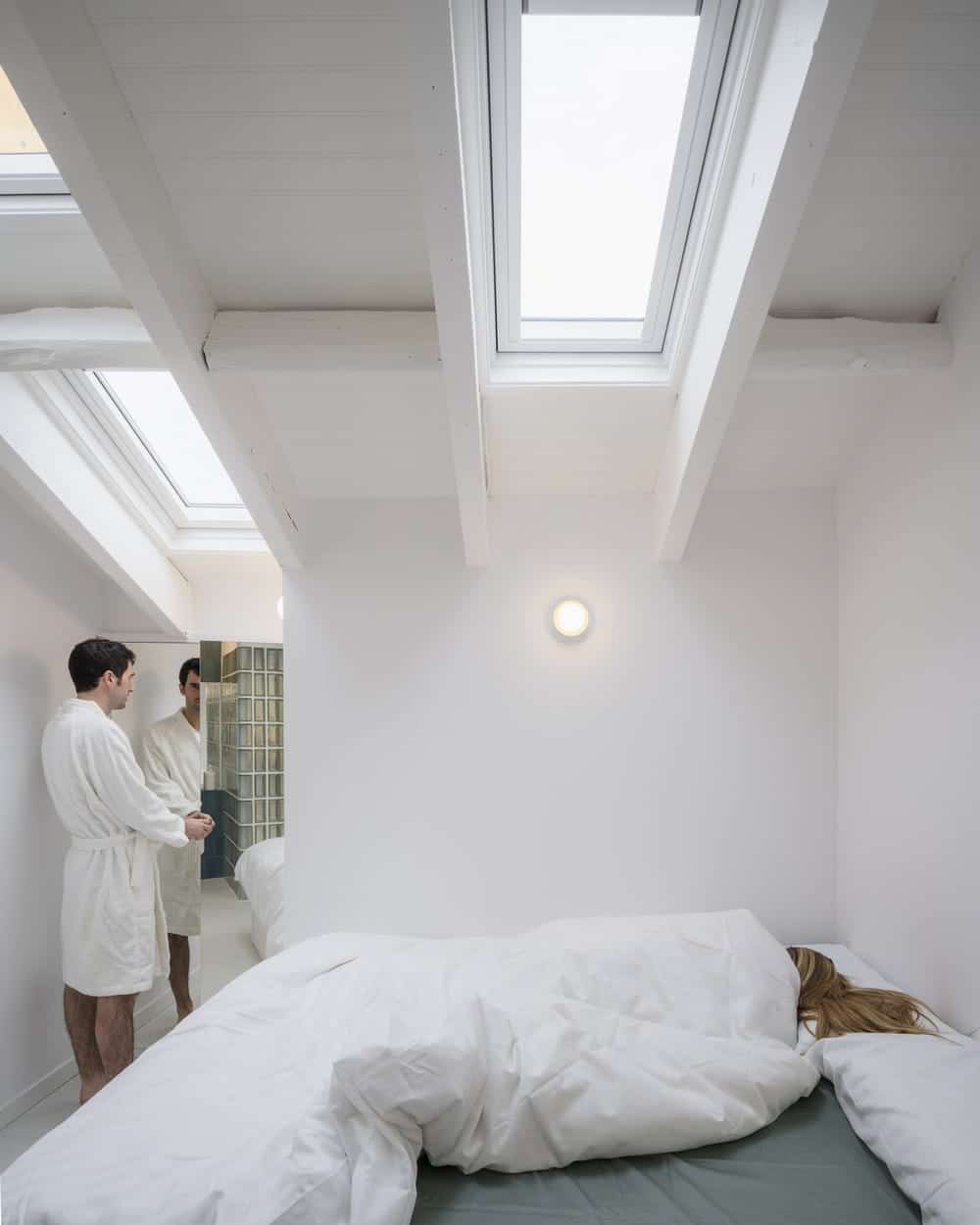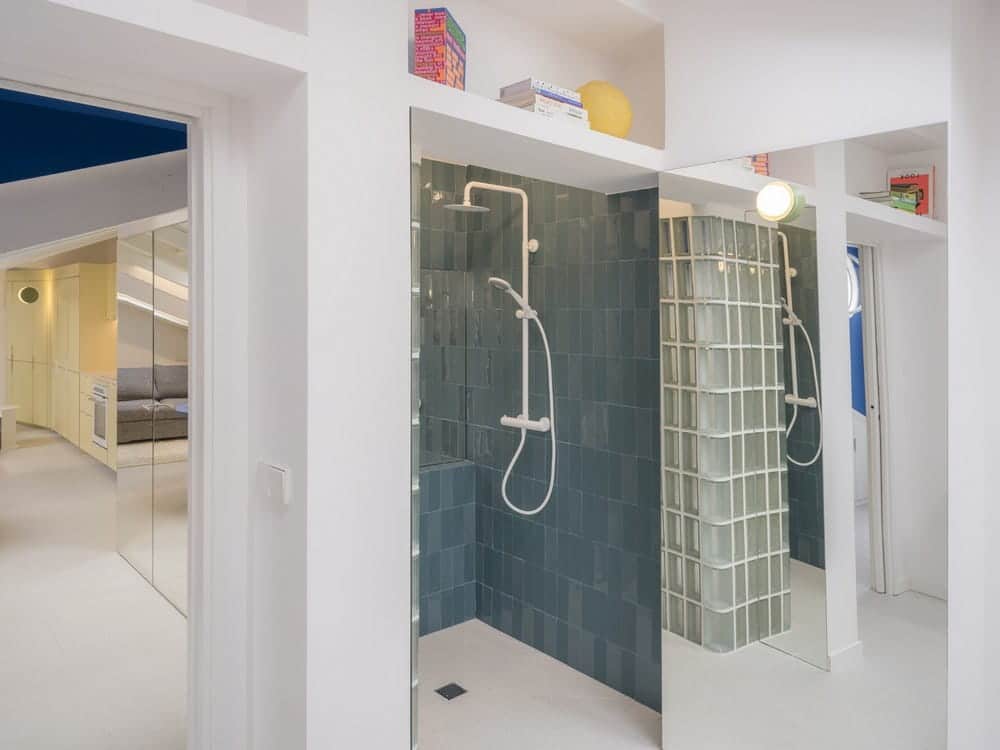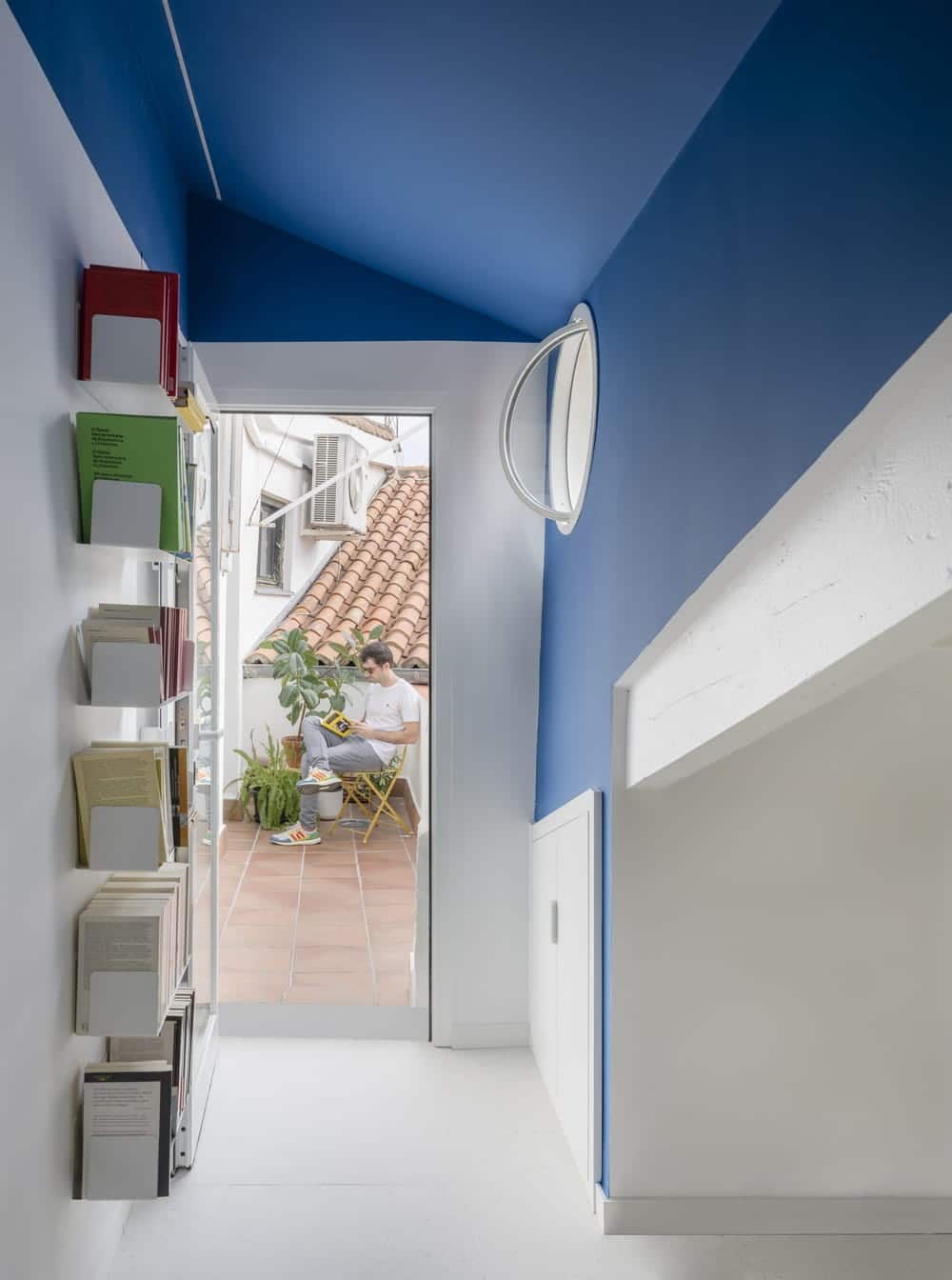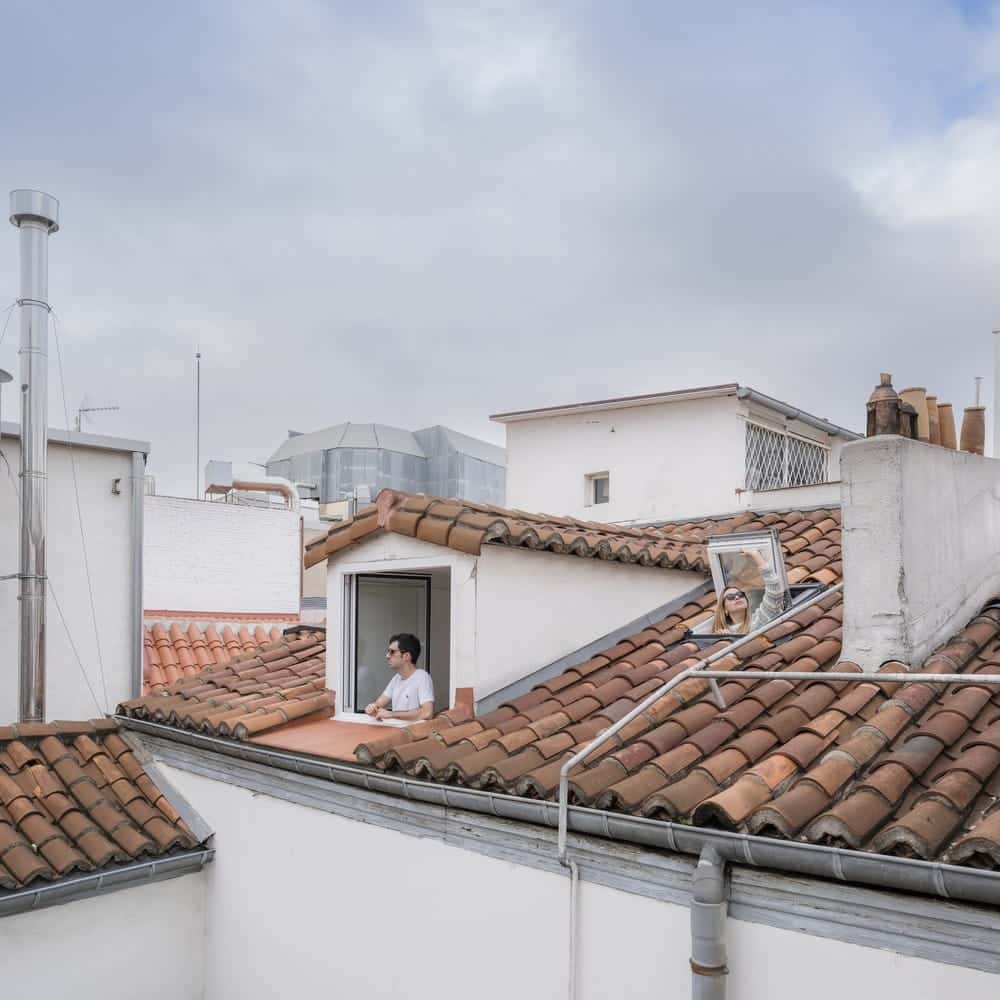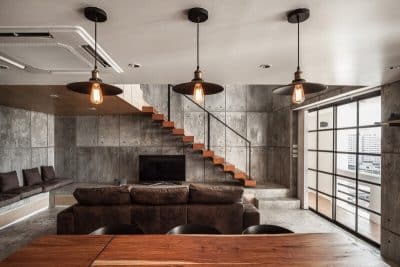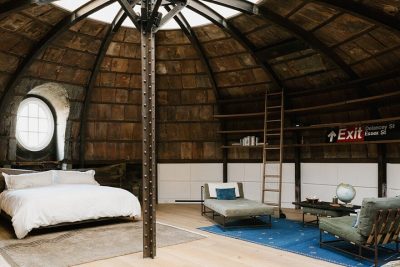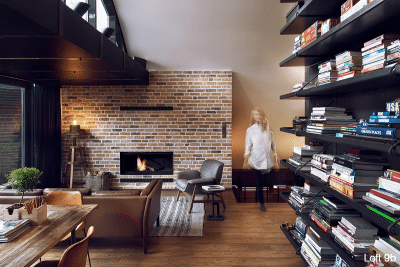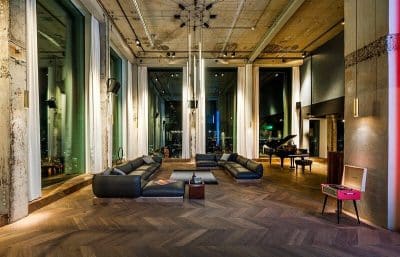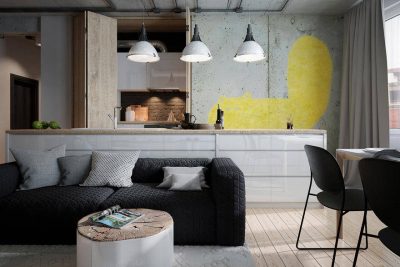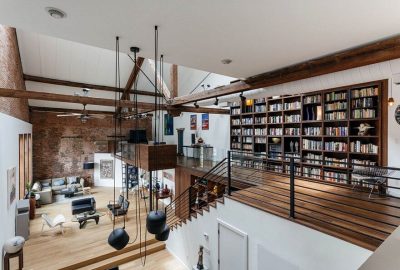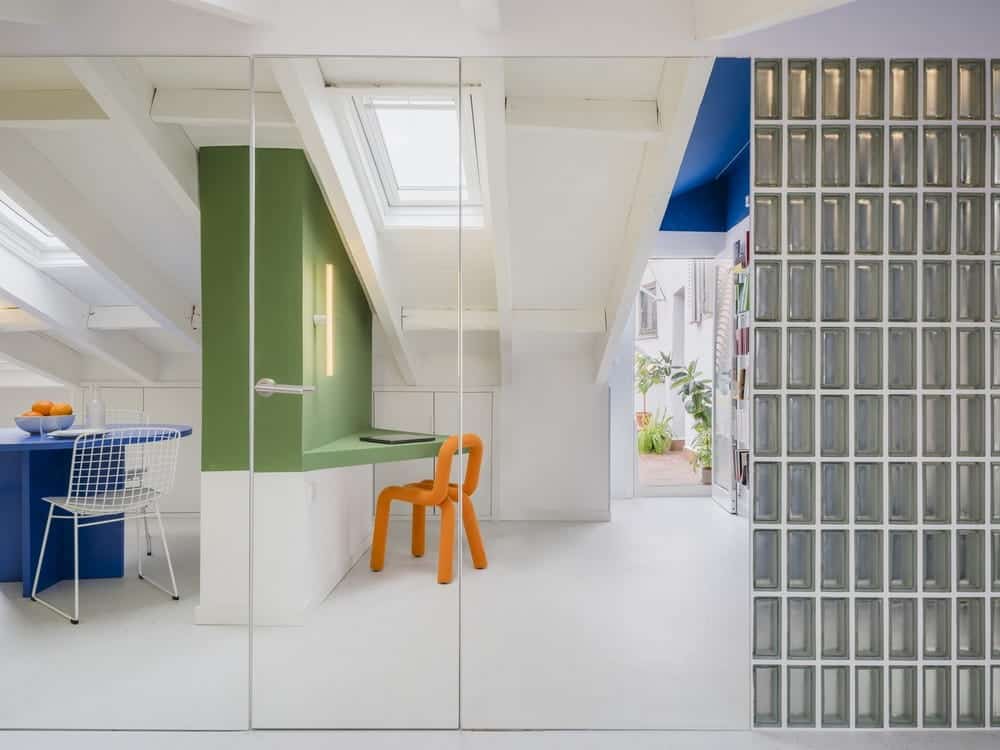
Project: Flix House
Architecture: gon architects
Lead Architect: Gonzalo Pardo
Design Team: Carol Linares, Cristina Ramírez, María Cecilia Cordero, Nicolas Howden, Maria Camila Martínez
Construction: REDO Construcción
Location: Madrid, Spain
Area: 42 m2
Year: 2024
Photo Credits: Imagen Subliminal (Miguel de Guzmán, Rocío Romero)
Text by gon architects
The current perception of the attics in the city center stands out for their potentially attractive character: they are elevated places, floating above the rooftops, partially visible structures from the street, not easily accessible, and sometimes associated with a bohemian life.
The spatial configuration of the attic, very different from the rest of the building floors, responds to urban regulations for the top of the building, which generally features sloping roofs and large rooms with few partitions and low height.
This is Roberto’s home, the owner of the Flix house, a 42 m2 under-the roof located on the sixth floor without an elevator in a building in the center of Madrid, built in 1900, very close to the busy Callao square.
With an initial layout of the house organized into two rooms, one rectangular 10×4 meters (with a fireplace in the middle) and another square 3×3 meters, both with sloping roofs but sloping in different directions, this minimal-sized house aims to make the living space optimal, flexible, diverse, and luminous from its use on the floor, but above all from the occupation of the section.
To achieve this, a house is designed that is divided into four spatial areas: four successive rooms connected physically and visually that correspond, from north to south, with the bedroom/dressing room, the entrance, workspace/bathroom, and kitchen/living/dining room.
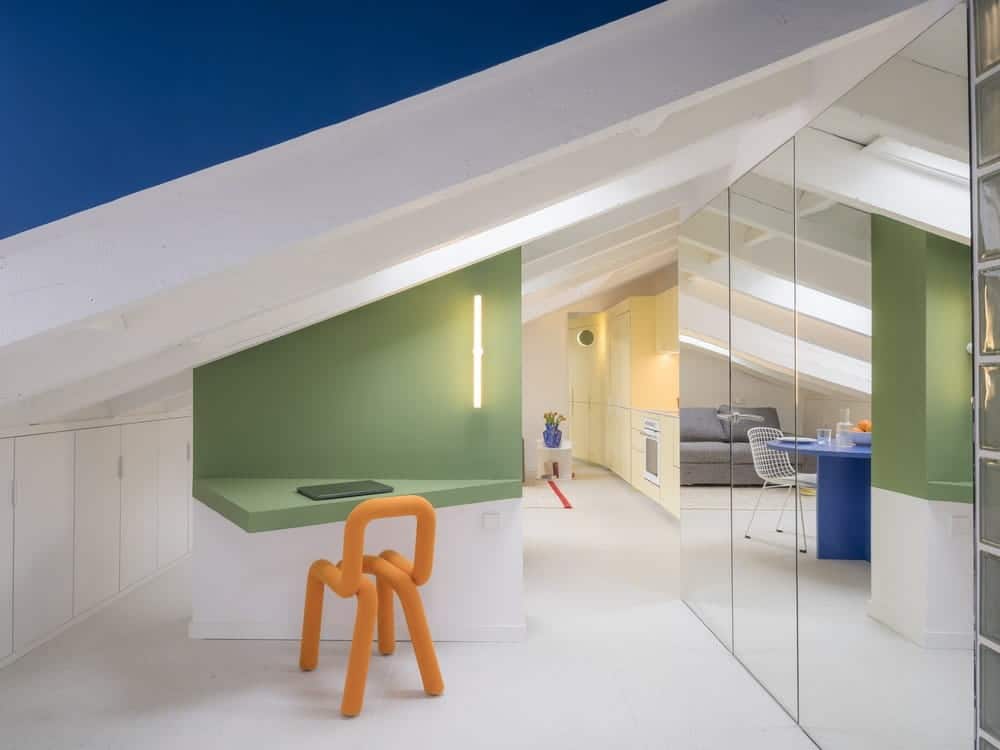
The entrance is a high and elongated space of 8.20 meters in length, with an exterior part that is a terrace that provides access to the house, and an interior part that is a blue tunnel with a metal shelf and a circular window; a space that tries to recreate the interior of a ship at sea.
The bathroom occupies the heart of the house and is designed in an atomized way, that is, separating the sink and toilet from the shower in a width of 90 centimeters; this operation facilitates the maximum use of the height of the house, as well as its articulation in areas with different degrees of privacy.
The sink and toilet are hidden in a closed volume paneled with mirrors 2.10 meters high, which is accessed from the entrance through a secret door located in one of them. This mirrored cabin, strategically located, enlarges the space while offering a multitude of reflections and different visuals depending on whether the door is half open, open, or closed.
The shower, on the other hand, is inside the room and is separated from the rest of the house by a wall of glass blocks that during the day let in natural light and provide the necessary privacy inside this space.
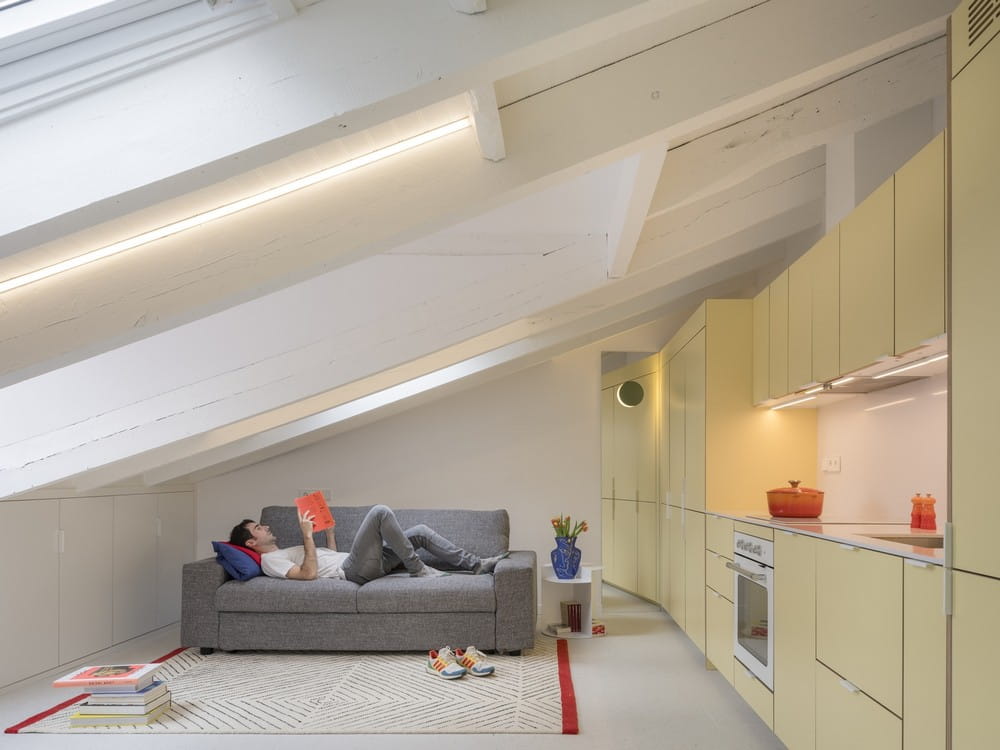
The kitchen furniture is designed as a linear structure 5.5 meters long, 60 centimeters wide and 2.02 meters high – a volume capable of accommodating up to 1167 m3 – where a large part of the various objects, cleaning products, kitchen utensils, appliances, and clothing of the house are stored, hidden; a compact laminated HPL ultra-matte yellow pale wall that brings brightness to the darkest part of the house and is built from the union of furniture, both the hulls and the doors, with standard market measurements that reduce costs in its construction.
To increase the maximum entry of natural light and ventilation in the apartment, in addition to the existing roof windows, two more are added, one in the bedroom and one in the living room. The entrance door to the house is replaced by a transparent glass one that allows the passage of light when the door is closed.
The furniture in the house is arranged on a continuous porcelain floor of 1×1 meters and is small but precise. A table, a sofa, a bed, and four chairs make up a landscape based on a system of design objects that articulate and qualify each of the different spaces in the house.
At night, the house transforms. The shower cabin becomes a lantern that illuminates the entire domestic space and, as if it were a scenography from a Wes Anderson movie, the Flix house, with its light furniture and indirect lights, seems to float under a large sloping roof. And so, from the bed, with all the silence and through one of the skylight windows, you can see the iconic Schweppes sign on the Capitol building on Gran Vía that takes us from Madrid to heaven.
